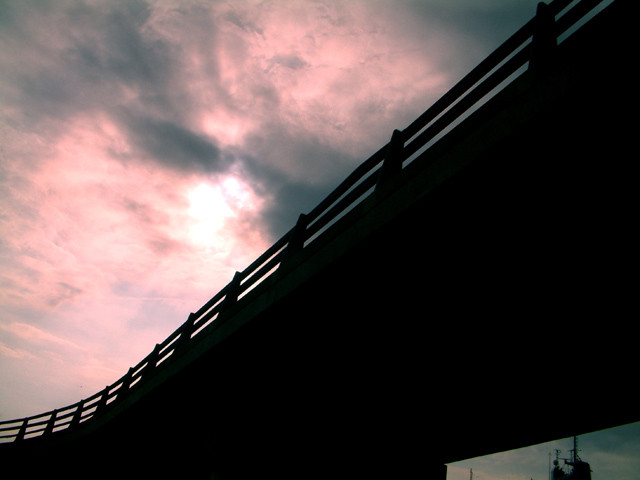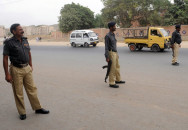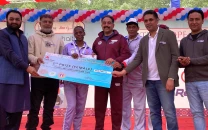The mysterious case of the Native Jetty curve
Researchers manage to discover why accidents were so high at the spot.

For a long time the authorities took them to be cases of over-speeding until a few men gathering data on road casualties stood at the spot to investigate. There was nothing wrong with the material used in the road, people were slowing down at the curve and the street lights worked and yet there was a high accident rate.
But then they figured it out. A combination of high humidity in the area and water dripping from trucks carrying fish from nearby depots were reducing the road surface friction and making it slippery. “The causalities have come down to 14 a year now just because we have dotted the road with yellow parallel lines and installed sign boards, cautioning motorcyclists to be extra careful,” said Ameer Hussain, the manager of the Road Traffic Injuries Research Centre.
This was one success story for one spot. But over 1,100 people were killed in road accidents last year and thousands were injured across the city. “Studies around the world have shown that the behaviour of the person behind the wheel is major cause of accidents. But we have a lot of infrastructure-related problems as well.”
Take for example the most dangerous road in Karachi - part of the National Highway, which starts from Karachi airport, crosses Malir and connects to Steel Town. Last year, 84 people were killed on this stretch of road, which is uneven, marked with potholes and needs to be rebuilt. But the Karachi Metropolitan Corporation (KMC) and the National Highway Authority (NHA) both refuse to take responsibility.
The NHA says it has built the road and now KMC is responsible for maintenance. “Being wide, smooth and open, the highway allows you the luxury of stepping on to the accelerator,” Hussain says.
“People coming from the highway enter Malir town with the same feeling in mind and disaster strikes once they encounter the congested roads.”
Published in The Express Tribune, February 8th, 2012.



















COMMENTS
Comments are moderated and generally will be posted if they are on-topic and not abusive.
For more information, please see our Comments FAQ